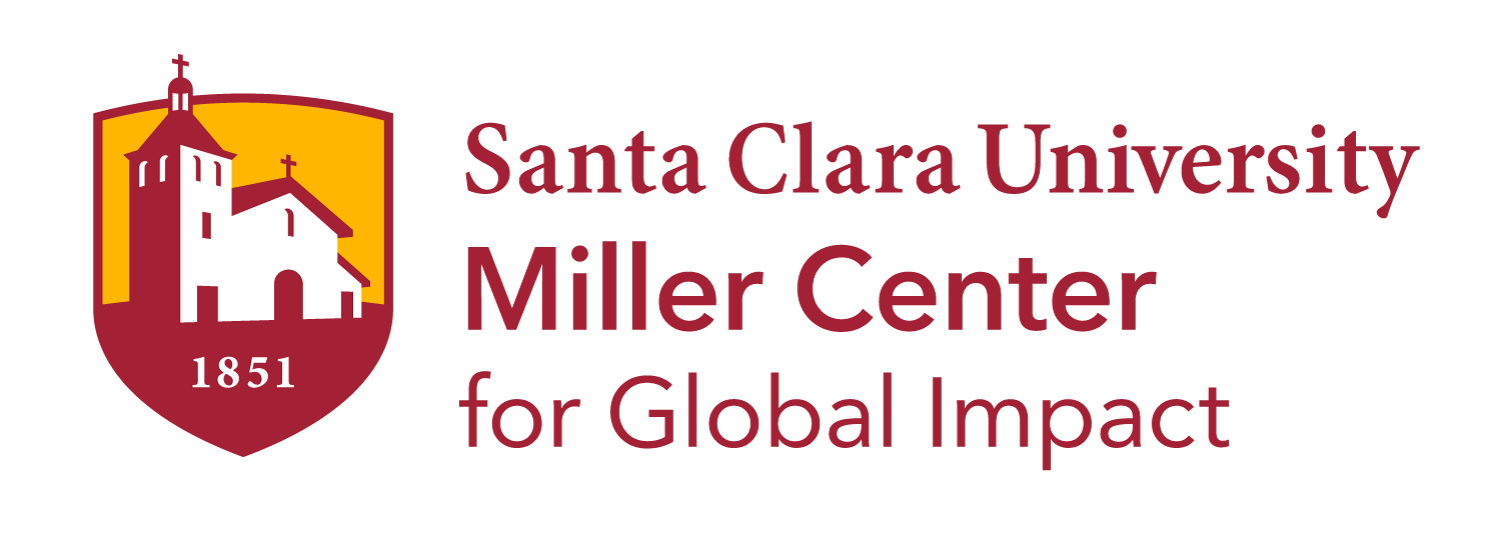At SOCAP 2025, eight leading impact-first funders share operational cost data and call for smart subsidy to scale catalytic capital
Santa Clara, Calif., 28 October 2025 — This week at SOCAP 2025, eight catalytic capital providers – including Acumen, Kiva, and Miller Center for Global Impact – unveiled the results of a six-month collaboration to answer the field-defining question: What does it really cost to invest in deep impact, and who bears that cost?

“The True Cost of Impact-First Investing” study represents a rare act of funder transparency as the first cross-organizational effort to share operational cost data, making a data-driven case for philanthropy’s role in unlocking inclusive markets.
“We’ve all been talking about the ‘Valley of Death’ for years,” said Brigit Helms, Executive Director of Miller Center. “This collaboration set out to understand why it persists, what it actually costs to build the bridges across it, and how to best leverage philanthropic resources to maximize impact.”
Initial Findings
While the impact-first funds in the study matched or outperformed benchmark mainstream commercial funds on throughput and cost per deal, the real cost challenge lies in dollars deployed.
- Operational efficiency: Impact-first funds closed an average of 10+ deals per year, surpassing the 6–7 annual deals typical of mainstream commercial funds under $100M AUM.
- Cost per investment: $80K per deal, lower than the $125K average among commercial peers, despite leaner teams and complex transactions.
- Cost per dollar deployed: Higher at $0.21 vs. $0.08 in traditional finance, driven by smaller ticket sizes and hands-on support.
The higher cost per dollar deployed reflects the price of inclusion, not inefficiency. Unlike commercial models that offload market-building functions onto entrepreneurs, impact-first intermediaries absorb them: making the work more expensive, but also making it possible at all.
“If you want the ‘Valley of Death’ to go away,” said Kathy Guis, Vice President of Investments at Kiva, “you need to fund the intermediaries doing the work. That means acknowledging their cost structures and resourcing them.”
Case studies of Jibu, Clínicas del Azúcar, and Husk Power Systems illustrate the multiplier effect: modest early catalytic investments enabled 6x to 40x growth in reach and scale of impact. The findings suggest that strategic subsidy is not a stopgap: it’s a force multiplier.
“The question isn’t ‘how much did it cost?’” added Dan Waldron, Director of Insights at Acumen. “It’s what else could this subsidy have achieved?’ And the answer is: nowhere near this much.”
About the Collaboration
Participating organizations include: Acumen, Global Partnerships, Halcyon, Kiva, MCE Social Capital, Miller Center for Global Impact, Open Road Impact, and Village Capital.
Findings will be presented at SOCAP 2025 during the session: “Hitting the Reset Button: Unlocking the Next Era of Impact Investing.” Following the event, the group will hold a webinar to discuss the findings and publish a longer article, with a call to action to join the research effort.
###
Media Contact:
Karen Carter
Director of Marketing Communications
Miller Center for Global Impact
kcarter1@scu.edu
Research contact:
Diana McKeage
Senior Manager of Impact Investing
Miller Center for Global Impact
dmckeage@scu.edu

